Hannes Norbert Göring
Mastering Kubernetes – Beginner Edition
#1about 1 minute
The origins and history of the Kubernetes project
Kubernetes evolved from Google's internal Borg system to become the leading open-source container orchestrator.
#2about 3 minutes
A review of containers and early orchestration tools
Containers standardize application packaging, while tools like Docker Swarm and Docker Compose address orchestration needs at different scales.
#3about 4 minutes
How to communicate with and configure a cluster
Use the kubectl command-line tool and declarative YAML manifests to manage and configure your Kubernetes cluster resources.
#4about 4 minutes
Understanding master nodes and worker nodes in a cluster
The master node manages the cluster's state and schedules work, while worker nodes execute the actual containerized applications.
#5about 4 minutes
Using pods as the fundamental unit of execution
A Pod is the smallest deployable unit in Kubernetes, acting as a logical wrapper for one or more containers.
#6about 6 minutes
Managing application replicas and updates with Deployments
Deployments manage ReplicaSets to ensure a specified number of pod replicas are running and to control rolling updates.
#7about 2 minutes
Running pods on specific nodes using DaemonSets
A DaemonSet ensures that a copy of a pod runs on all or a specific subset of nodes in the cluster.
#8about 4 minutes
Exposing applications using Services and Ingress controllers
Services provide stable internal networking and load balancing for pods, while Ingress manages external HTTP/S access to those services.
#9about 3 minutes
How to manage application configuration and secrets
Decouple sensitive information and configuration from your application code using Secrets and ConfigMaps.
#10about 3 minutes
Providing persistent storage for stateful applications
Persistent Volume Claims allow stateful applications like databases to request and mount durable storage that outlives the pod lifecycle.
#11about 1 minute
Isolating resources within a cluster using namespaces
Namespaces function as virtual clusters within a single physical cluster, allowing you to partition resources between different teams or projects.
#12about 3 minutes
A high-level overview of Kubernetes cluster architecture
A complete request flows from an external user through a cloud load balancer, Ingress, Service, and finally to a Pod running the application.
#13about 2 minutes
A practical example of a webshop on Kubernetes
A real-world webshop example demonstrates how to structure microservices like APIs and databases using various Kubernetes resources.
#14about 6 minutes
A summary of concepts and the postal office analogy
Kubernetes acts like a postal service for your applications, where you define the destination and it handles all the complex delivery logistics.
#15about 9 minutes
Q&A on desired state, self-healing, and project scope
Key questions are answered regarding Kubernetes's promise theory, self-healing capabilities, and its suitability for small versus large projects.
Related jobs
Jobs that call for the skills explored in this talk.
MARKT-PILOT GmbH
Stuttgart, Germany
Remote
€75-90K
Senior
Kubernetes
Terraform
+1
Power Plus Communications
Mannheim, Germany
Intermediate
Senior
Docker
Kubernetes
+2
Matching moments
Featured Partners
Related Videos
 39:20
39:20Developing locally with Kubernetes - a Guide and Best Practices
Dan Erez
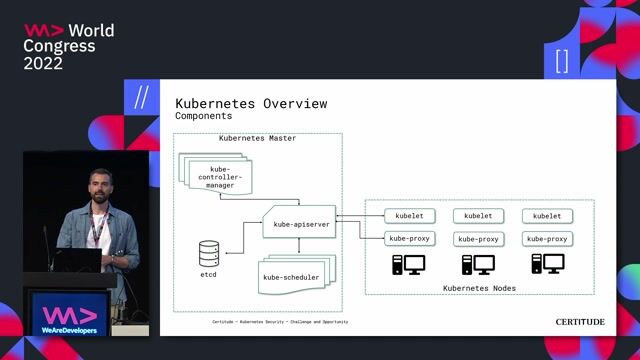 42:45
42:45Kubernetes Security - Challenge and Opportunity
Marc Nimmerrichter
 57:09
57:095 steps for running a Kubernetes environment at scale
Stijn Polfliet
 22:45
22:45The Future of Cloud is Abstraction - Why Kubernetes is not the Endgame for STACKIT
Dominik Kress
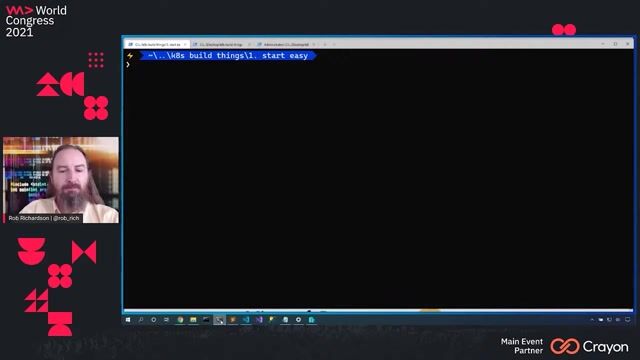 40:00
40:00Local Development Techniques with Kubernetes
Rob Richardson
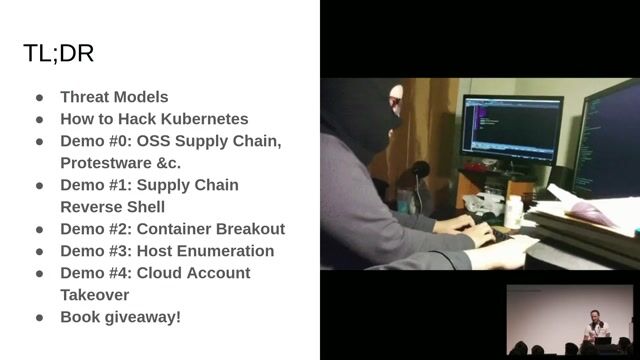 46:36
46:36Hacking Kubernetes: Live Demo Marathon
Andrew Martin
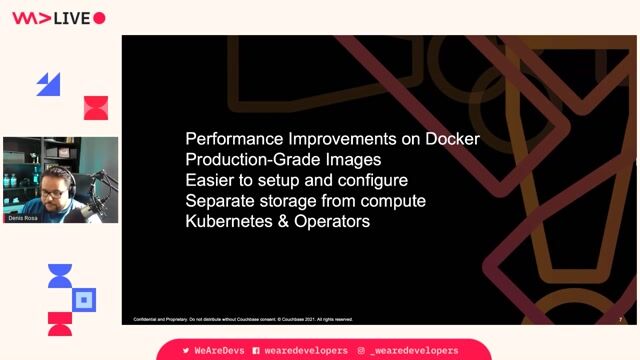 48:45
48:45Databases on Kubernetes
Denis Souza Rosa
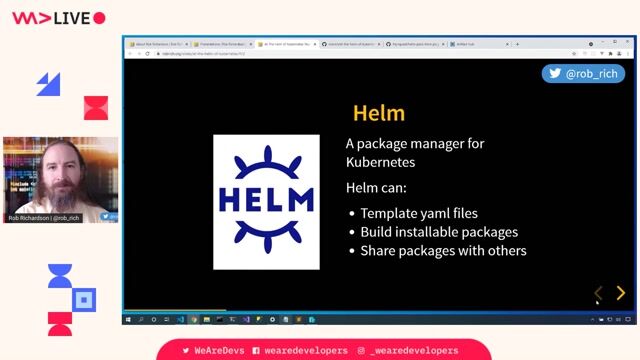 45:16
45:16At The Helm of Kubernetes: Repeatable Infrastructure Creation for Mere Mortals
Rob Richardson
Related Articles
View all articles



From learning to earning
Jobs that call for the skills explored in this talk.

Dembach Goo Informatik GmbH & Co. KG
Hannover, Germany
Redis
Kafka
DevOps
Ansible
RabbitMQ
+3

Stolzberger GmbH
Hannover, Germany
€60-100K
Linux
DevOps
Gitlab
Ansible
+4

Passion for People GmbH
Karlsruhe, Germany
Remote
€70-90K
Azure
DevOps
Gitlab
+10


Dembach Goo Informatik GmbH & Co. KG
Remote
Redis
Kafka
Ansible
RabbitMQ
+4




AllatNet Recruiting GmbH & Co. KG
GIT
Azure
Linux
DevOps
Docker
+8